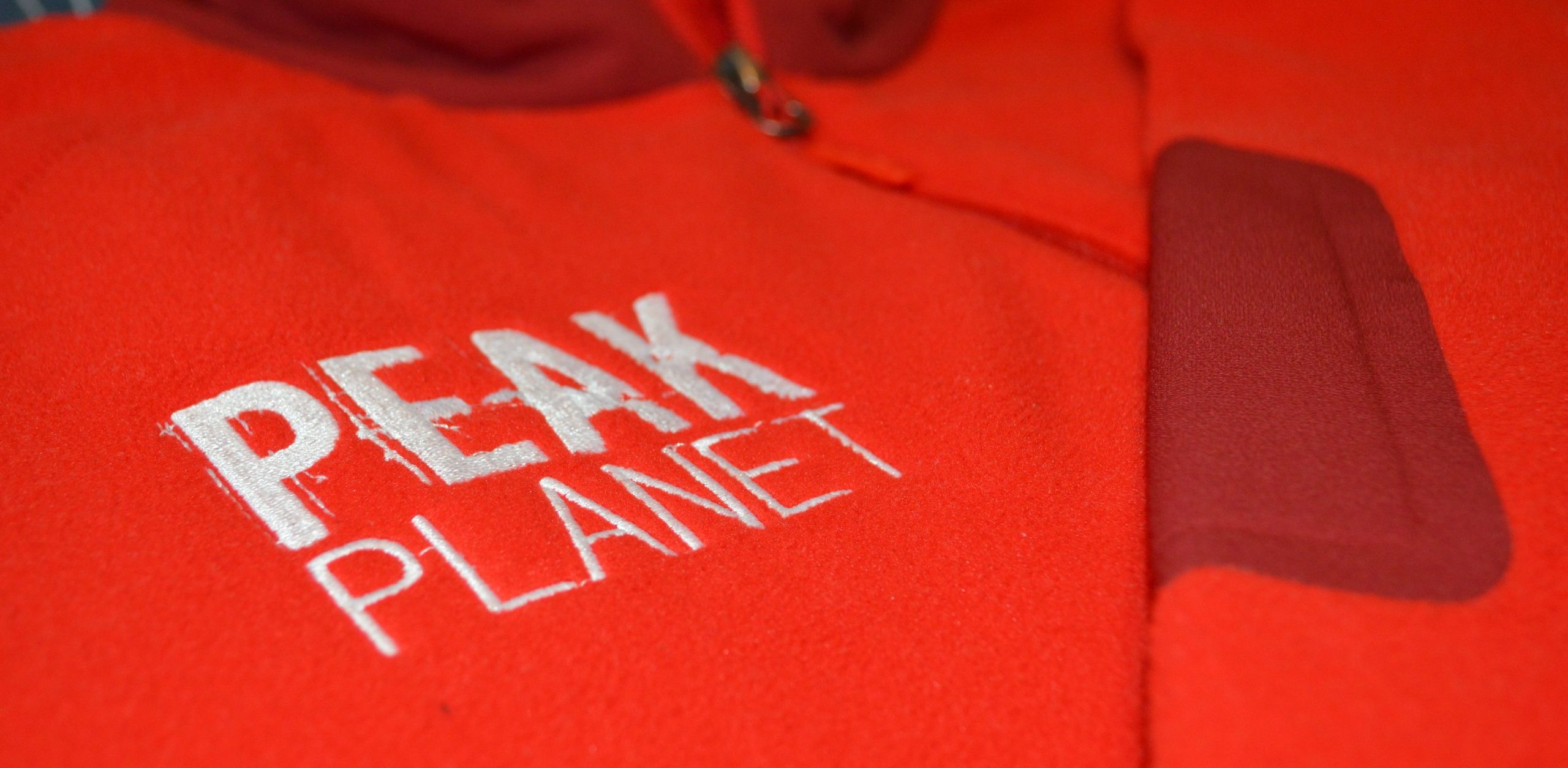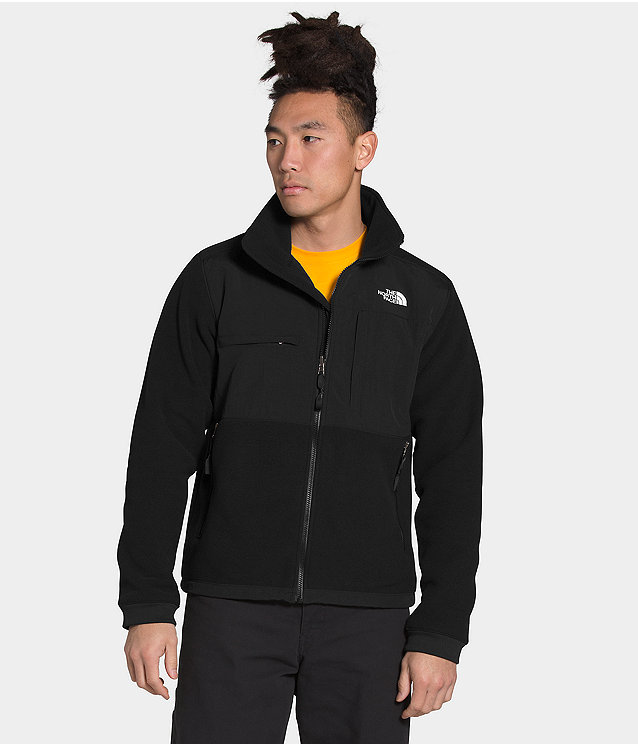
The right choice of clothing is an important step toward climbing success. In fact, most of the personal items you bring to Kilimanjaro will be clothing. Peak Planet’s gear list recommends multiple layers that allow you to easily adjust your clothing needs to the elements that mother nature sends our way. These layers should be moisture wicking, meaning not cotton as cotton holds onto moisture and loses almost all thermal benefits when wet. A good layering system includes a base layer to wick moisture away from your skin and an outer shell layer to protect from harsh elements, like wind and rain. In between the base layer and shell is the insulation layer. The insulation layer acts to hold body heat to keep you warm.
A fleece jacket is an essential part of the the middle insulating layer, because it is lightweight and breathable. Fleece jackets usually have a collar to keep out wind. They can come in several weight ratings, which indicate how much insulation they provide (an R1 rating is less insulating, and less bulky, than an R2 rating). Fleece jackets also come with zippers that are either full length or partial, making it easy to adjust ventilation. Other features may include hoods and/or a chest pocket for securely storing personal items.
Before I get into specific recommendations, it’s good to understand exactly what fleece is and why it’s a superior option for mountain conditions. I learned a lot about the history of fleece from the fabric and clothing blog site, Contrado. In 1979, Malden Mills, a former wool mill, partnered with the outdoor gear company Patagonia to create an alternative insulating material to wool which becomes extremely heavy when it is wet. The resulting produce is what we know today as Polar Tech fleece. Fleece is 100% synthetic and is made from polyester that is woven and brushed into a thick fabric. It is known for being soft, warm, and breathable. Prior to the invention of fleece, wool was the primary fabric used for insulation in the mountains. Synthetic fleece is more moisture resistant, warmer, and lighter than sheep’s wool. It is also less itchy which many find as a major downside of wool. The short pile fabric makes it feel soft and cozy, but more importantly that’s what traps in body heat to keep you warm.

Fleece is one of the best choices for an insulating layer. When considering what fleece jacket to bring, you will need to think about weight versus warmth and bulk. You may also be thinking about cost and how environmentally friendly the materials are. Other considerations include extra features such as a hood or pocket. Almost every gear company on the market today makes and sells a variety of fleece jackets, so there are many choices available. The following recommendations address considerations like warmth versus weight, cost, hoods, and environmentally friendly materials.
My first recommendation is the Patagonia R1 TechFace. This jacket is rated the best climbing jacket by backpacker.com. It is surprising warm and breathable given how lightweight it is. The Patagonia R1 TechFace has a hood and a ¾ zipper to allow for ventilation. It is the preferred jacket for technical climbers and ultra-lightweight backpackers. If that describes you, and you are also looking for a jacket that will work on Kilimanjaro, this might be the jacket for you.
My second recommendation is The North Face Denali 2. It is rated as the warmest fleece jacket. This jacket is heavier and bulkier than the Patagonia TechFace. It is also quite a bit cheaper. The North Face Denali 2 does not have a hood, but it does have a convenient zippered chest pocket that is large enough for a phone. If you are concerned about being cold on the mountain, or if you are on a budget, this jacket would work you.
My last recommendation addresses those who are concerned about the plastics that are used in making the polyester fibers for fleece jackets. Many people prefer to support the environment by looking for materials that are made from recycled plastics or that use fully recycled fabrics. Cotopaxi uses only recycled materials in all their products. The Cotopaxi Teca fleece jacket is an excellent mid-wight fleece with a ½ zippered front and a hood that cinches down to keep out the wind, made fully with recycled materials.
Layering is essential to protect you from the elements on the mountain. Each layers in the system is equally important, with the insulating layer being a critical element as it is the one that traps body heat and keeps you warm in freezing temperatures. A good fleece jacket will keep your body warm and is comfortable and protected, you feel confident, and you can focus on climbing.




